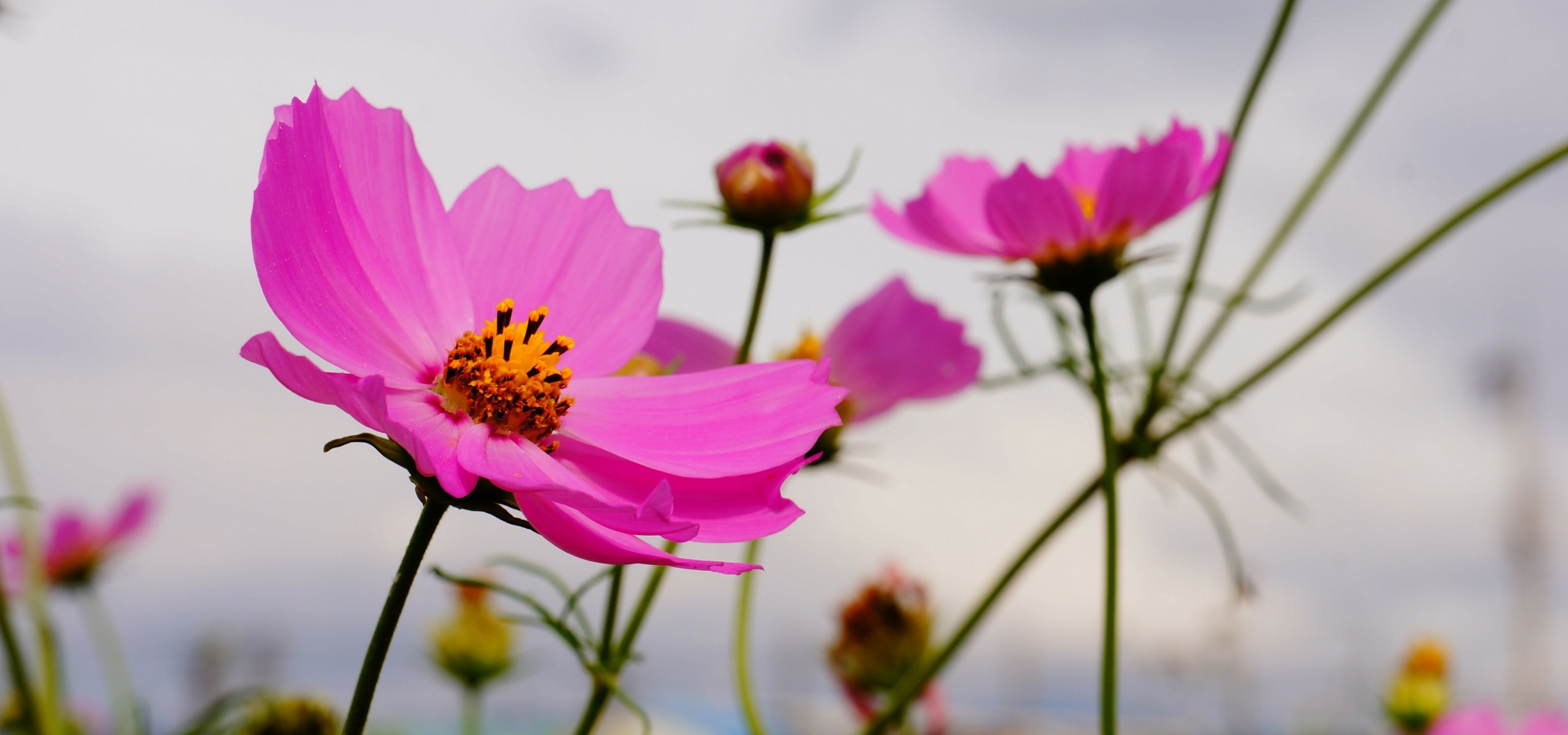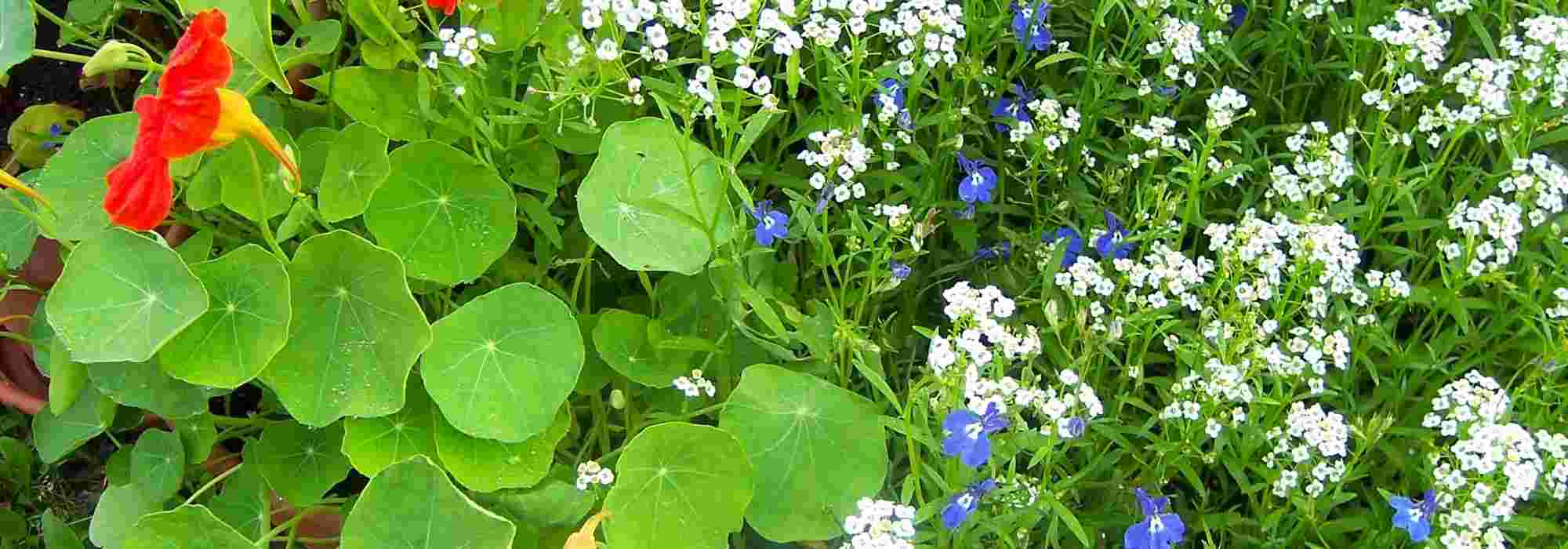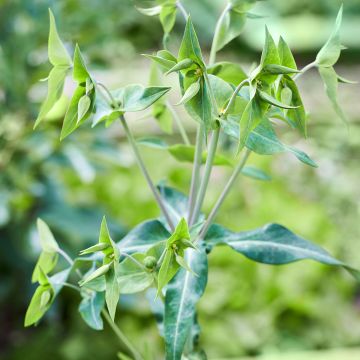

Zinnia elegans Cresto Citrus Mixture seeds


Zinnia elegans Cresto Citrus Mixture seeds
Zinnia elegans Cresto Citrus Mixture seeds
Zinnia x elegans Cresto! Citrus Mixture
Common Zinnia, Elegant Zinnia, Youth-and-old-age
Special offer!
Receive a €20 voucher for any order over €90 (excluding delivery costs, credit notes, and plastic-free options)!
1- Add your favorite plants to your cart.
2- Once you have reached €90, confirm your order (you can even choose the delivery date!).
3- As soon as your order is shipped, you will receive an email containing your voucher code, valid for 3 months (90 days).
Your voucher is unique and can only be used once, for any order with a minimum value of €20, excluding delivery costs.
Can be combined with other current offers, non-divisible and non-refundable.
Home or relay delivery (depending on size and destination)
Schedule delivery date,
and select date in basket
This plant carries a 6 months recovery warranty
More information
We guarantee the quality of our plants for a full growing cycle, and will replace at our expense any plant that fails to recover under normal climatic and planting conditions.
Would this plant suit my garden?
Set up your Plantfit profile →
Description
Zinnia elegans ‘Cresto Citrus Mixture’ is a floriferous and vibrant selection, ideal for illuminating summer borders with its double, frilled flowers in vivid shades of white, orange and lemon yellow. This tender perennial, grown as an annual, forms an upright, bushy clump, perfectly suited to sunny gardens as well as generous containers. This easy-to-grow selection of scabious-flowered Zinnia produces a very high percentage of perfectly double flowers on long stems. It proves particularly valuable in cut flower gardens, with a long and regular flowering period from summer until the first frosts. Water and deadhead regularly to ensure optimal flowering. Sow in trays from March or directly in open ground after the last frosts.
The Scabious-flowered Zinnia 'Cresto Citrus Mixture' is a horticultural cultivar belonging to the Asteraceae family. The species Zinnia elegans, also known by the synonym Zinnia violacea, is native to Mexico, where it grows naturally in open, sunny prairies. The 'Cresto Citrus Mixture' cultivar has been selected for its large double flowers in vibrant shades of lemon yellow, tangerine orange and white. This plant has a bushy habit and rapid growth, reaching approximately 60 to 75 cm in height and 30 to 45 cm in width in open ground. In pots, its dimensions are slightly reduced. The scabious-type flowers measure 7 to 10 cm in diameter and appear from early summer until the first frosts. The foliage is mid-green, with ovate and slightly rough leaves. The stems are sturdy and slightly hairy, hollow and moderately brittle. The root system is fibrous and shallow, suited to well-drained soils. Flowering occurs 10 to 13 weeks after sowing. It begins in June-July and continues until September-October, depending on the sowing date. These flowers are nectar-rich and honey-producing; they have large heads of 6 cm, composed of numerous ligulate petals around a pompon-like centre, appearing in the leaf axils. The yellow central disc is visible on the rare flowers that are not fully double. After pollination by insects, seeds form, which can be harvested for sowing the following spring.
Zinnia ‘Cresto Citrus Mixture’, planted en masse in the foreground of a border or used as accents in a large container, pairs well with equally bold blooms, such as the velvety blue of Salvia farinacea ‘Strata’, the deep red of Cosmos bipinnatus ‘Rubenza’ or the bright pink of Cleome hassleriana ‘Sparkler Rose’. These combinations create a joyful dynamic, reminiscent of a cottage garden.
Zinnia elegans Cresto Citrus Mixture seeds in pictures


Flowering
Foliage
Plant habit
Botanical data
Zinnia
x elegans
Cresto! Citrus Mixture
Asteraceae
Common Zinnia, Elegant Zinnia, Youth-and-old-age
Cultivar or hybrid
Planting and care
Sow Zinnia elegans Cresto Citrus Mixture seeds directly outdoors in May, once the soil has warmed. Choose a location in full sun on soil that is kept moist, well-drained, well-worked, weeded and loosened beforehand. Sow the seeds at a depth of 3 mm in holes spaced 30 cm apart. Water regularly, especially during dry periods. Germination usually takes 7 to 14 days. When the zinnia seedlings are large enough to handle, thin them out to space the plants 30 cm apart.
You can also sow indoors from March to April at a temperature of 15-25°C. After sowing, keep the surface of the compost moist but not waterlogged, and expose your sowing to light which promotes germination. When the young plants are large enough to handle, transplant them and grow them in cooler conditions.
When the plants are well developed and all risk of frost has passed, gradually acclimatise them to outdoor conditions for 10-15 days before planting outside in their final position. Zinnia elegans are easy plants to grow in the sun, in well-drained to dry, fairly rich, even clay soil. They are susceptible to powdery mildew in humid climates, especially if they do not have good air circulation around them. They perform well in climates with long, hot, dry summers. They are not hardy.
Sowing period
Intended location
Planting & care advice
This item has not been reviewed yet - be the first to leave a review about it.
Similar products
Haven't found what you were looking for?
Hardiness is the lowest winter temperature a plant can endure without suffering serious damage or even dying. However, hardiness is affected by location (a sheltered area, such as a patio), protection (winter cover) and soil type (hardiness is improved by well-drained soil).

Photo Sharing Terms & Conditions
In order to encourage gardeners to interact and share their experiences, Promesse de fleurs offers various media enabling content to be uploaded onto its Site - in particular via the ‘Photo sharing’ module.
The User agrees to refrain from:
- Posting any content that is illegal, prejudicial, insulting, racist, inciteful to hatred, revisionist, contrary to public decency, that infringes on privacy or on the privacy rights of third parties, in particular the publicity rights of persons and goods, intellectual property rights, or the right to privacy.
- Submitting content on behalf of a third party;
- Impersonate the identity of a third party and/or publish any personal information about a third party;
In general, the User undertakes to refrain from any unethical behaviour.
All Content (in particular text, comments, files, images, photos, videos, creative works, etc.), which may be subject to property or intellectual property rights, image or other private rights, shall remain the property of the User, subject to the limited rights granted by the terms of the licence granted by Promesse de fleurs as stated below. Users are at liberty to publish or not to publish such Content on the Site, notably via the ‘Photo Sharing’ facility, and accept that this Content shall be made public and freely accessible, notably on the Internet.
Users further acknowledge, undertake to have ,and guarantee that they hold all necessary rights and permissions to publish such material on the Site, in particular with regard to the legislation in force pertaining to any privacy, property, intellectual property, image, or contractual rights, or rights of any other nature. By publishing such Content on the Site, Users acknowledge accepting full liability as publishers of the Content within the meaning of the law, and grant Promesse de fleurs, free of charge, an inclusive, worldwide licence for the said Content for the entire duration of its publication, including all reproduction, representation, up/downloading, displaying, performing, transmission, and storage rights.
Users also grant permission for their name to be linked to the Content and accept that this link may not always be made available.
By engaging in posting material, Users consent to their Content becoming automatically accessible on the Internet, in particular on other sites and/or blogs and/or web pages of the Promesse de fleurs site, including in particular social pages and the Promesse de fleurs catalogue.
Users may secure the removal of entrusted content free of charge by issuing a simple request via our contact form.
The flowering period indicated on our website applies to countries and regions located in USDA zone 8 (France, the United Kingdom, Ireland, the Netherlands, etc.)
It will vary according to where you live:
- In zones 9 to 10 (Italy, Spain, Greece, etc.), flowering will occur about 2 to 4 weeks earlier.
- In zones 6 to 7 (Germany, Poland, Slovenia, and lower mountainous regions), flowering will be delayed by 2 to 3 weeks.
- In zone 5 (Central Europe, Scandinavia), blooming will be delayed by 3 to 5 weeks.
In temperate climates, pruning of spring-flowering shrubs (forsythia, spireas, etc.) should be done just after flowering.
Pruning of summer-flowering shrubs (Indian Lilac, Perovskia, etc.) can be done in winter or spring.
In cold regions as well as with frost-sensitive plants, avoid pruning too early when severe frosts may still occur.
The planting period indicated on our website applies to countries and regions located in USDA zone 8 (France, United Kingdom, Ireland, Netherlands).
It will vary according to where you live:
- In Mediterranean zones (Marseille, Madrid, Milan, etc.), autumn and winter are the best planting periods.
- In continental zones (Strasbourg, Munich, Vienna, etc.), delay planting by 2 to 3 weeks in spring and bring it forward by 2 to 4 weeks in autumn.
- In mountainous regions (the Alps, Pyrenees, Carpathians, etc.), it is best to plant in late spring (May-June) or late summer (August-September).
The harvesting period indicated on our website applies to countries and regions in USDA zone 8 (France, England, Ireland, the Netherlands).
In colder areas (Scandinavia, Poland, Austria...) fruit and vegetable harvests are likely to be delayed by 3-4 weeks.
In warmer areas (Italy, Spain, Greece, etc.), harvesting will probably take place earlier, depending on weather conditions.
The sowing periods indicated on our website apply to countries and regions within USDA Zone 8 (France, UK, Ireland, Netherlands).
In colder areas (Scandinavia, Poland, Austria...), delay any outdoor sowing by 3-4 weeks, or sow under glass.
In warmer climes (Italy, Spain, Greece, etc.), bring outdoor sowing forward by a few weeks.


















































